Additional notes (click to expand)
Medicinal
Kills snails which carry bilharzia
Mabberley, D.J. (1997) The Plant Book, ed.2, Cambridge University Press
The roots contain anti-viral proteins used against leukaemia
Wink, Michael & Ben-Erik van Wyk (2008). Mind-Altering and Poisonous Plants of the World. Timber Press
Other use
Dye from berries used to colour ink, wine & sweets.
Mabberley, D.J. (1997) The Plant Book, ed.2, Cambridge University Press
Toxicity
All parts are toxic to animals and man due to triterpene saponins and may cause violent vomiting, convulsions and even death due to respiratory paralysis. May be mutagenic and carcinogenic. Birds are not affected and can safely eat the berries.
Professor Anthony Dayan, 2022
"Humans:TOXIC if eaten; Pets: Harmful if eaten." HTA guidelines.
HTA Guide to Potentially Harmful Plants, 3rd Edition (2022)
Geographical distribution
- Northern America
Phytolacca americana L.
Family: PHYTOLACCACEAEGenus: Phytolacca
Species: americana L.
Common names: Pokeweed
Distribution summary: U.S.A.
Habit: Perennial
Hardiness: H5 - Hardy; cold winter
Habitat: Rich, moist woods & streamsides
Garden status: Currently grown
Garden location: North America (A)
Reason for growing: Medicinal, toxic
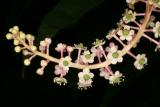
.JPG)
.JPG)
.JPG)
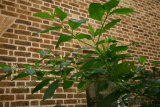


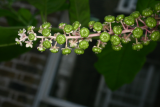
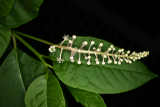
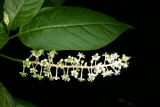
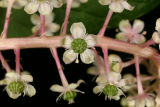
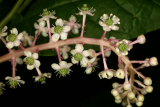
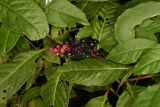
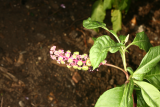
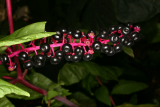
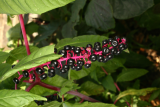
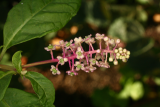

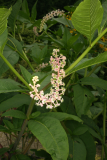

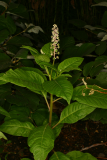


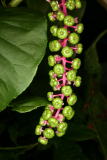
.JPG)